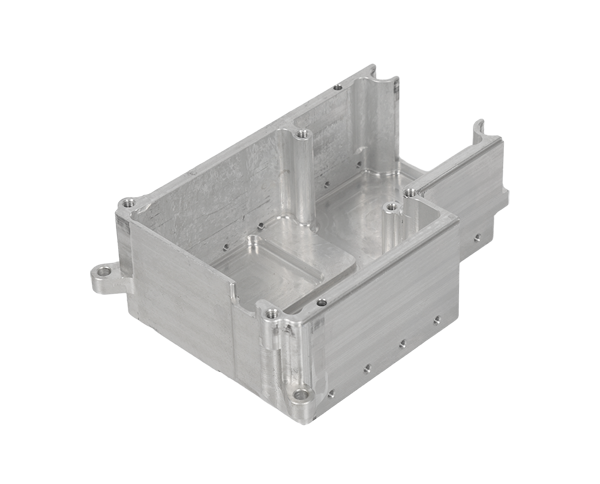2025-07-09 hits:0 source:News

Integrated die casting is an advanced manufacturing process that involves using high-pressure machinery to inject molten metal into a single, large-scale mold to create complex, nearly complete structural components in one piece. Unlike traditional manufacturing methods that assemble multiple smaller parts (such as welding or bolting separate pieces together), integrated die casting streamlines production by reducing the number of components and assembly steps. This process typically uses aluminum alloys due to their lightweight, corrosion resistance, and castability, although other metals like magnesium can also be employed.
The key steps of integrated die casting include:
1. Mold Design and Preparation: A custom-made steel mold (die) is created to the exact specifications of the final part. The mold is often split into two halves to facilitate part ejection after casting.
2. Melting and Injection: The metal alloy is heated to a liquid state and then forced into the mold cavity under high pressure (ranging from 15 to 100+ megapascals), ensuring the metal fills all intricate details of the mold.
3. Cooling and Ejection: The molten metal solidifies rapidly within the mold. Once cooled, the mold opens, and the finished part is ejected, often requiring minimal post-processing such as trimming or surface finishing.
Integrated die casting offers significant advantages, including:
Efficiency: Reduces production time and labor costs by eliminating the need for multiple parts and assembly processes.
Weight Reduction: Produces lighter components due to fewer joints and optimized material distribution, which is critical for industries like automotive to improve fuel efficiency or electric vehicle battery range.
Strength and Consistency: Creates parts with uniform structural integrity, as the single-piece design minimizes weak points caused by traditional assembly methods.
Environmental Benefits: Reduces material waste and energy consumption compared to multi-step manufacturing processes.
This technology has gained prominence in industries such as automotive (e.g., Tesla’s use of integrated die casting for car underbodies) and aerospace, where lightweight and high-strength components are essential. However, it requires substantial upfront investment in mold development and high-pressure casting machines, making it most cost-effective for high-volume production of large components.
Read recommendations:
aluminium construction profiles
Electroless Nickel Plating Material Protection for Zinc Alloy Die Castings
lf you have any questions or comments, you can leave us a message and we will reply to you as soon as possible
